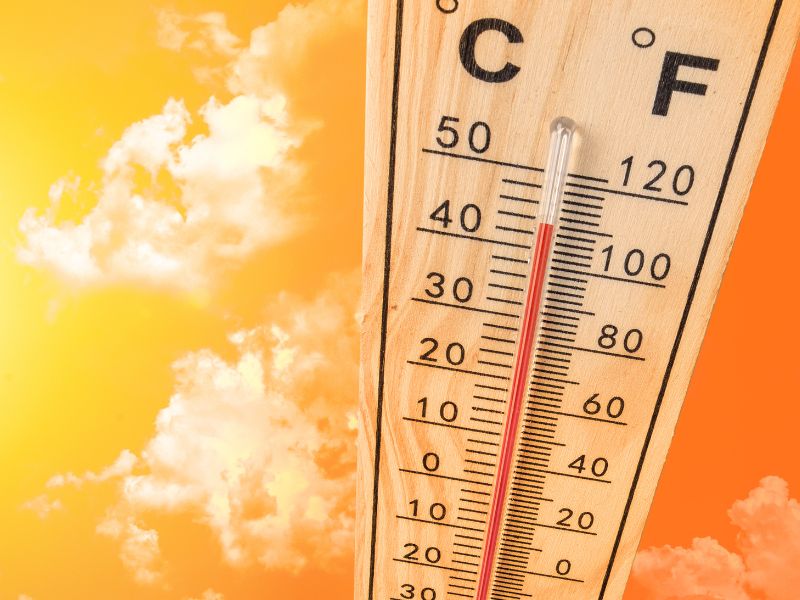The impact of hot weather on the electricity network
High temperatures can impair the operation of key infrastructure like generators and transmission lines and unplanned power outages may occur. As we all try to keep cool, the electricity network is put under added pressure. The impact on the network increases after multiple, consecutive hot days, as air conditioners increase output in response to accumulating heat in buildings.
Preparing the network for summer
Our ongoing network maintenance throughout the year keeps the grid and generators in good working order for the summer months. We have processes in place that monitor and respond to the weather and network conditions during hot temperatures, ensuring we’re ready to respond to the rise in demand for electricity. Our emergency crews are also on standby, ready to respond to any power outages.How we manage planned work in heatwaves
Given the changing nature of weather forecasts, prior to and during a forecast heatwave, scheduled planned outages are reviewed the day prior. In areas where temperatures are forecast to reach 40 degrees, planned maintenance work is usually cancelled, except in cases where customers agree to the work going ahead.
If a planned outage is cancelled, each registered electricity account holder in the Ausgrid network area will be sent a cancellation notification by SMS. Please ensure your mobile details are up to date with your electricity retailer. Check the power outage map for updates on changes to scheduled planned outages in your area.
Customers in vulnerable circumstances
We recognise that severe heatwaves can be extra challenging for customers in vulnerable circumstances, such as the elderly and young families. If you are reliant on medical equipment, please ensure you're registered with your retailer as a life support customer.
Stay cool and save with our cooling tips
- Set the right temperature - keeping your aircon between 23 to 26 degrees is optimal in summer. Each extra degree of cooling below that can add up to 10% to your running costs. Make use of your power save or eco setting if possible.
- Use natural breezes to stay cool - opening doors and windows on opposite sides of your home to take advantage of cross ventilation.
- Keep the heat out - use blinds and awnings over windows to keep the heat off your home.
- Use fans to move cool air around your home – a ceiling fan costs about 2 cents an hour to run or about $6 over a summer, a cheaper alternative to air conditioning the same space.
- Spinning roof vents help reduce the temperature in the roof cavity.
- If you have a pool only run the pool pump when required.

